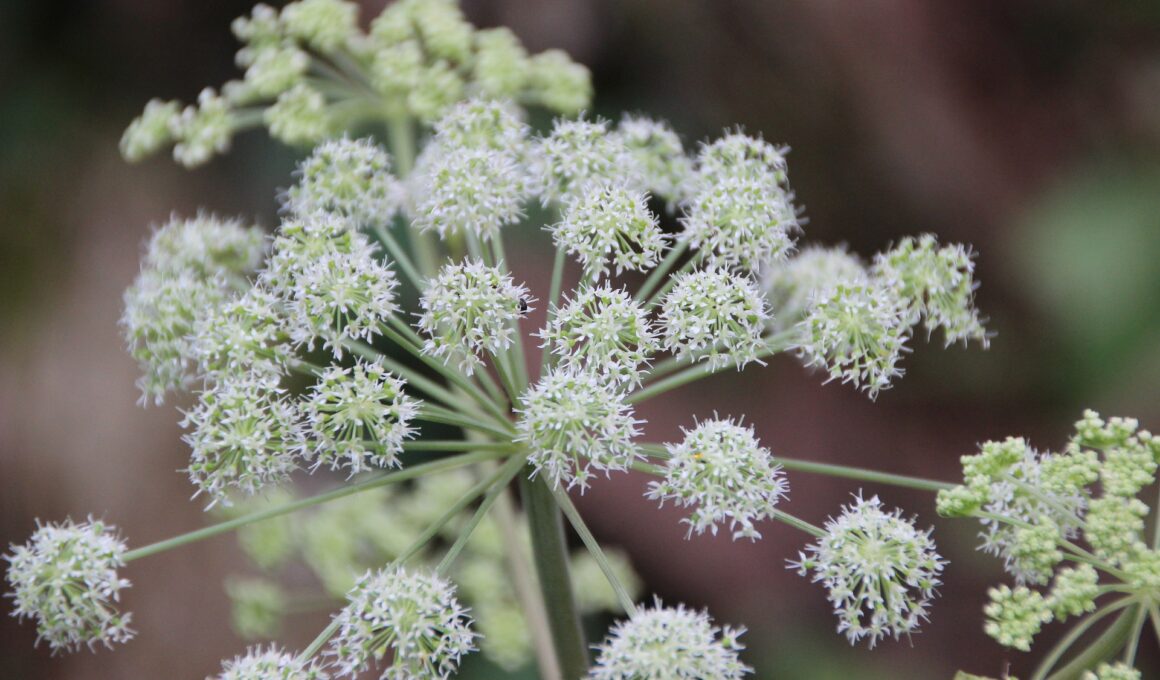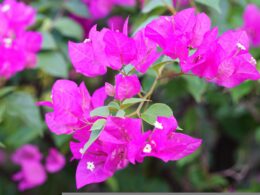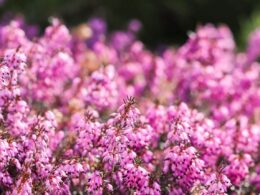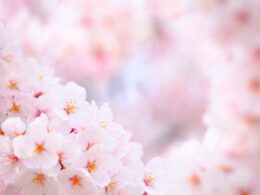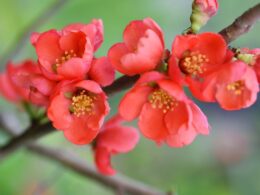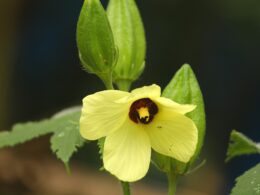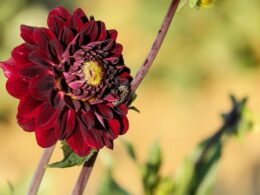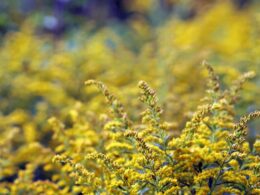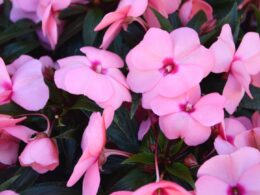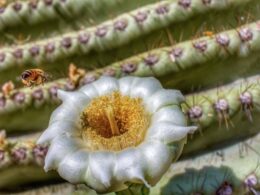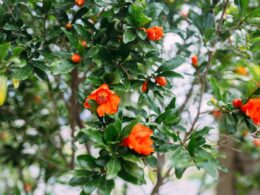Specification and Origin
The Norwegian angelica flower (or Archangelica Atropurpurea) is a beautiful and unique flower that is found in Norway. This flower has a very special meaning to the people of Norway, as it is seen as a symbol of hope and goodwill.
- The Norwegian angelica flower is most commonly found small and white, with a delicate fragrance, but it can also be found in pink and even purple color.
- This pretty little flower has a long history in Norway, and it is said to have been used as decorations for weddings as far back as the Viking era!
- Today, the Norwegian angelica flower is still popular as a beautiful wedding decoration, and it is also often given as a gift to friends and loved ones.
The part shade angelica flower is characterized by its large, white blooms. These blooms are incredibly fragrant, and they attract bees and many other pollinators. The part shade angelica flower is a tough and resilient plant, and it is relatively easy to care for. However, it does require regular watering and occasional pruning in order to thrive.
Garden Angelica: A Growth Guide to Angelica Flowers
Angelica flowers are very beautiful and easy to grow. Here are a few steps to grow and care for angelica:
- First, choose a spot in your garden that gets full sun. Angelica flowers like to be in well-drained soil, so if your soil is heavy, mix in some sand or perlite to improve drainage.
- Once you’ve chosen a spot, dig a hole that’s twice as wide as the plant’s pot.
- Gently remove the plant from its pot and place it in the hole. Refill the hole with soil and water well. Angelica flowers are fairly drought tolerant, so you won’t need to water them every day.
- Just make sure to keep an eye on the soil and water when it starts to dry out. Lastly, fertilize your angelica flower once a month during the growing season with a balanced fertilizer.
With just a little care, your angelica flower will thrive and bring beauty to your garden for years to come!
Angelica Seeds for Growing Your Next Angelica Flower
Did you know that this pretty flower also produces seeds? Seeds are an essential part of the plant life cycle, and they can be used to grow new plants. The angelica flower produces seeds that are small and dark brown. These seeds can be harvested and used to grow new angelica plants. To harvest the seeds, simply wait until the flower heads have dried out and then remove them from the plant. The seeds will be inside the dried heads. Once you have collected the seeds, you can store them in a cool, dry place until you are ready to plant many of them.
Culinary Uses
The aromatic angelica flower is a culinary delight that can be used in a variety of ways.
- Its mild flavor pairs well with both sweet and savory dishes, making it a versatile ingredient for the kitchen. The petals can be candied and used as a decoration on cakes or cupcakes.
- They can also be infused into syrups or jams, or added to salads for a pop of color.
- The stems can be used to make a piquant pickle, or they can be candied and used as stirrers for cocktails.
- Angelica flowers can also be used to make a fragrant tea.
Whatever way you choose to use them, angelica flowers are sure to add a touch of elegance to your culinary creations.
Angelica flower is used to produce chartreuse liqueur. Chartreuse liqueur is made from the extracts of the flower and is very popular in France. It has a strong flavor and is used in many cocktails.
A Medicinal Plant
The medical angelica flower, also known as the “health angel“, is a medicinal plant that has been used for centuries to promote health and well-being. The dried root of the plant is traditionally used in Chinese medicine to treat a variety of ailments, including colds, flu, and digestive problems.
- Medical plant Angelica Atropurpurea is also said to boost energy levels, improve circulation, and reduce inflammation.
- In recent years, scientific studies have begun to explore the potential health benefits of medical angelica. Preliminary research suggests that the botanical may help to protect against certain types of cancer, relieve pain, and improve cognitive function. While more research is needed to confirm these effects, medical angelica is a safe and effective herbal remedy that is worth considering for those seeking natural ways to improve their health.
- When used medicinally, it is thought to be helpful for digestive problems and respiratory conditions.
- Angelica flowers are also sometimes used as a natural remedy for anxiety and stress.
Herbal Medicine
The leaves of the angelica flower are often used in herbal medicine. They are thought to have medicinal properties that can help treat a variety of health conditions. For example, some people believe that the leaves can help to reduce inflammation, relieve pain, and improve digestion. Angelica leaves are also sometimes used as a natural diuretic, helping to flush excess water from the body.
Additionally, they are sometimes used as an expectorant, helping to clear mucus and phlegm from the respiratory system. While more research is needed to confirm these purported health benefits, the leaves of the angelica flower are commonly used in traditional medicine practices around the world. If you are looking for a truly special and meaningful gift, then consider giving someone a Norwegian angelica flower!





